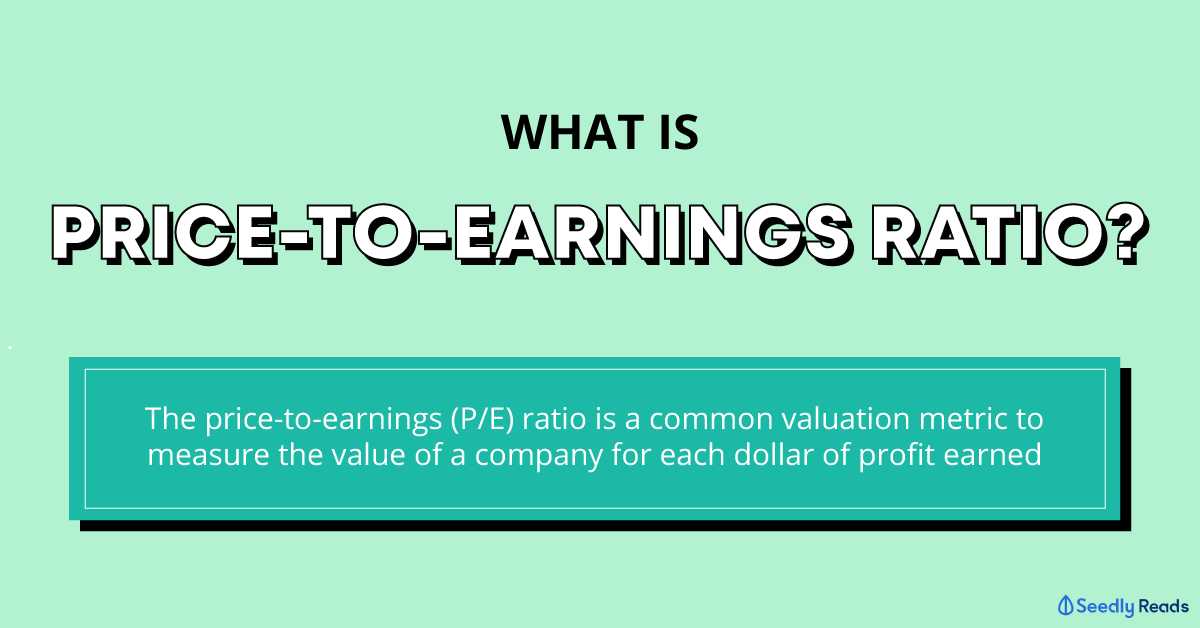
Hi I think this is a good question since most of the time we only see P/E ratios.
Price to Book Ratio: "Price" here refers to the price of the share that is trading on the exchange, and is what the market values the share at. "Book" here refers to the book value of the share, if the company would be to liquidate their assets and pay back their liabilities. The lower the P/B ratio, the higher the possibility that the stock is overvalued, and vice-versa. Not sure how true this is but I read from Investopedia that a P/B ratio of 3 is considered a good buy for value investors. A low P/B ratio can also be a sign of financial distress for the company since it suggests that the company's shares are really worth less than it is as represented on their financial statements.
Dividend Yield: Dividend yield is a measure of the amount of dividends paid per the share price of a stock. This is a helpful comparison because it is not so helpful to just compare the total amount of dividends paid since you pay different prices for each stock. This is also an important metric for investors who particularly looking at building a portfolio that pays more dividends. Where this metric does not work completely well is that it doesn't take into account capital gains (the gains from selling the shares at a higher price than when you bought them). Another issue is that dividend yield is historical looking, and not forward looking. Just because a company paid high dividends before, it does not mean that they will continue to do so.
Price/Sales Ratio: Another metric that you can look at is the Price / Sales Per Share ratio. This is a metric between share price and sales. This might be a more helpful metric for doing analysis on companies that are not profitable yet, or are still very new. A good use for them could be tech companies that are growing rapidly, and with very high overhead cost. This metric should be used with P/E ratios since this doesn't measure the amount of expenses the company has, and therefore is not really a measure of profitability. 2 companies can have the same level of sales but very different profitabilities based on how they streamline their operations and cut costs.








Hi I think this is a good question since most of the time we only see P/E ratios.
Price to Book Ratio: "Price" here refers to the price of the share that is trading on the exchange, and is what the market values the share at. "Book" here refers to the book value of the share, if the company would be to liquidate their assets and pay back their liabilities. The lower the P/B ratio, the higher the possibility that the stock is overvalued, and vice-versa. Not sure how true this is but I read from Investopedia that a P/B ratio of 3 is considered a good buy for value investors. A low P/B ratio can also be a sign of financial distress for the company since it suggests that the company's shares are really worth less than it is as represented on their financial statements.
Dividend Yield: Dividend yield is a measure of the amount of dividends paid per the share price of a stock. This is a helpful comparison because it is not so helpful to just compare the total amount of dividends paid since you pay different prices for each stock. This is also an important metric for investors who particularly looking at building a portfolio that pays more dividends. Where this metric does not work completely well is that it doesn't take into account capital gains (the gains from selling the shares at a higher price than when you bought them). Another issue is that dividend yield is historical looking, and not forward looking. Just because a company paid high dividends before, it does not mean that they will continue to do so.
Price/Sales Ratio: Another metric that you can look at is the Price / Sales Per Share ratio. This is a metric between share price and sales. This might be a more helpful metric for doing analysis on companies that are not profitable yet, or are still very new. A good use for them could be tech companies that are growing rapidly, and with very high overhead cost. This metric should be used with P/E ratios since this doesn't measure the amount of expenses the company has, and therefore is not really a measure of profitability. 2 companies can have the same level of sales but very different profitabilities based on how they streamline their operations and cut costs.